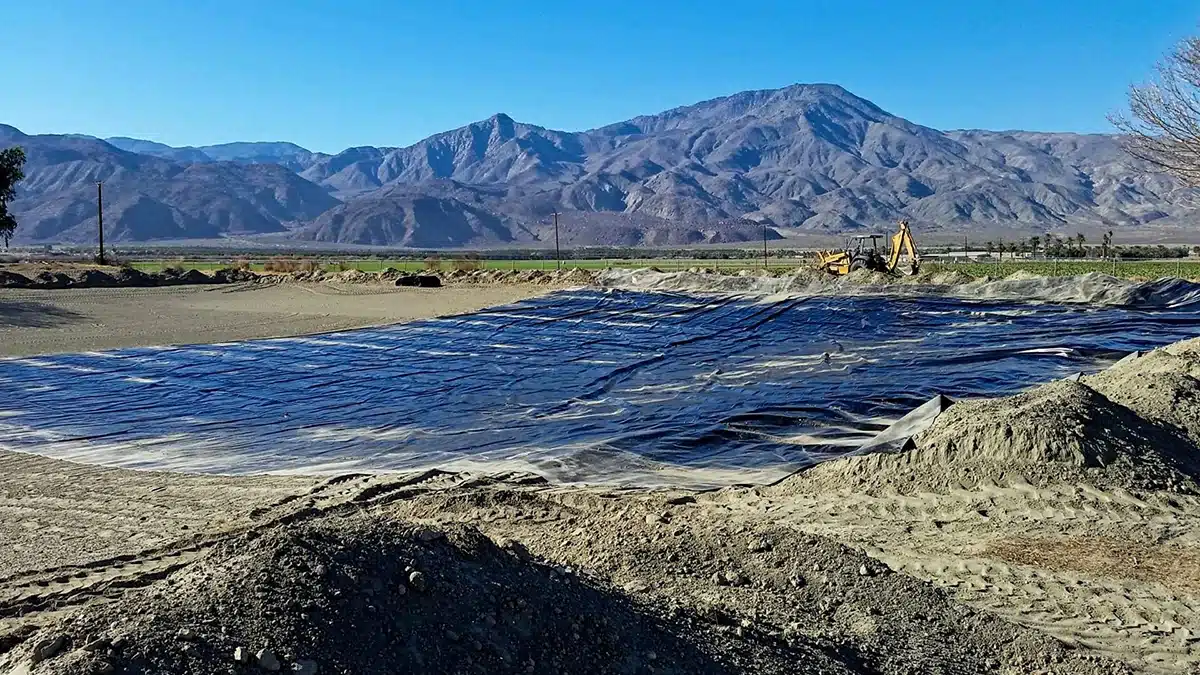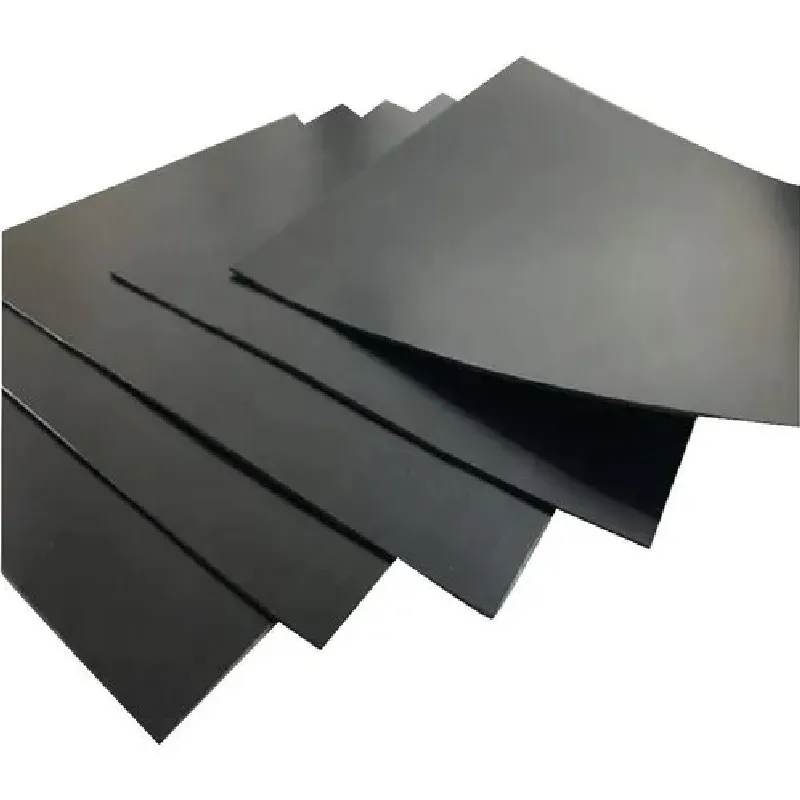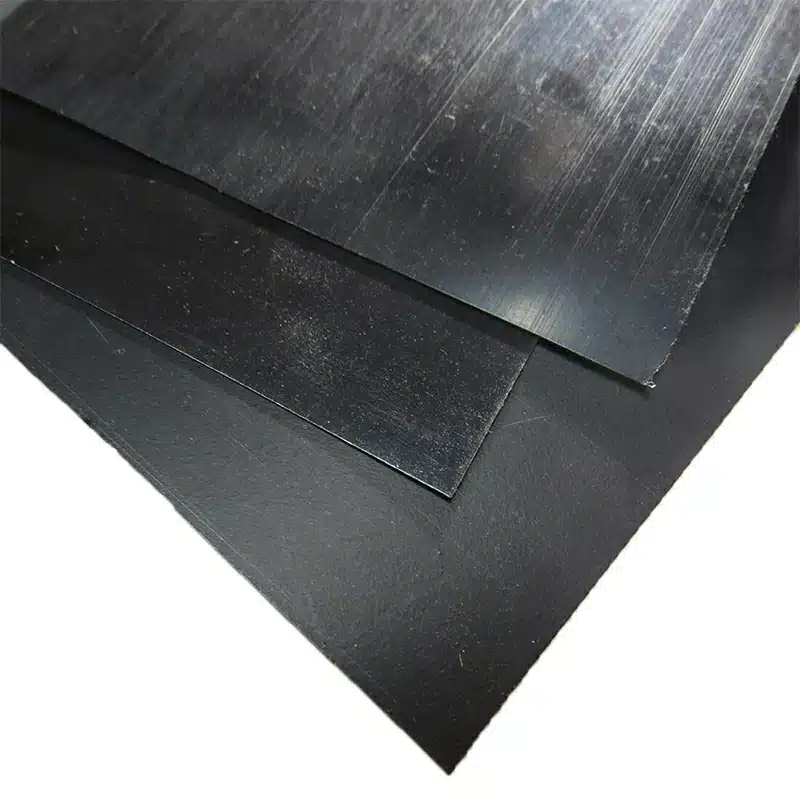Maximizing Geomembrane Lifespan: Understanding HDPE Textured Geomembranes
Geomembranes stand as critical components in various engineering and environmental applications, their lifespan being a pivotal concern. Understanding the geomembrane lifespan involves a nuanced evaluation of installation precision, material quality, environmental factors, and the intended application’s demands. Rigorous testing has showcased instances where proper installation and maintenance have extended this duration, highlighting the potential for prolonged service life. Delving deeper into factors influencing longevity, such as UV exposure, temperature fluctuations, chemical influences, and mechanical stress, unveils the intricate interplay dictating the true extent of a geomembrane’s endurance.

What is the lifespan of the HDPE membrane?
The lifespan of HDPE membranes, contingent upon installation quality, environmental factors, and material excellence, varies significantly. Typically, these membranes exhibit a remarkable lifespan, spanning from 20 to 30 years when installed and maintained appropriately. However, this duration can significantly extend under specific conditions, reaching an operational duration of 50-90 years at an operating temperature of 50 °C, and persisting for more than a thousand years at 20 °C. Factors like UV exposure, temperature fluctuations, chemical exposure, and mechanical stress continue to play pivotal roles in determining the actual longevity and performance of the membrane.
What is the service life of the HDPE liner?
The service life of an HDPE liner, intimately linked to its lifespan, defines the duration wherein the liner effectively serves its intended purpose. Though the typical service life typically spans from 20 to 30 years, rigorous testing and field studies have demonstrated cases where well-installed and maintained liners have surpassed this timeframe, demonstrating durability and reliability that can endure for more than a century or persist for less than a decade under specific conditions.
What are the advantages of a textured geomembrane?
Textured geomembranes present a range of advantages over their smooth-surfaced counterparts, including:
- Enhanced Friction and Stability: The texturing process augments surface roughness, significantly boosting friction between the liner and adjacent materials. This attribute ensures excellent stability, particularly on steep slopes and in high-stress applications.
- Improved Interface Strength: The textured surface fosters superior interlocking with soils or other materials, substantially minimizing the risk of slippage or displacement, and ensuring enhanced stability.
- Surface Protection: Texturing acts as a shield, offering added defense against punctures or damage during installation and throughout the lifespan of the geomembrane. This feature contributes significantly to prolonged integrity and durability.
- Increased Drainage Efficiency: Textured geomembranes facilitate efficient drainage by creating pathways or channels for fluid movement, optimizing liquid flow management in various applications. These membranes exhibit excellent temperature adaptability, weldability, weather resistance, good aging resistance, chemical resistance, environmental stress crack resistance, and puncture resistance.
What is the price of the HDPE geomembrane?
HDPE Geomembrane Price:
| HDPE Geomembrane Thickness | PRICE: USD/SQM |
| 1 mm to 1.5 mm | 1.3 USD -1.95 USD |
| 1.5mm to 2 mm | 1.95 USD -2.6USD |
| 2mm to 2.5 mm | 2.6 USD -3.25USD |
| 2.5mm to 3 mm | 3.25USD – 3.9 USD |

In essence, while HDPE geomembranes boast a commendable lifespan and service life, the incorporation of textured variations further fortifies their performance, providing added stability, durability, and resistance to environmental and mechanical stresses. These textured geomembranes stand as a testament to innovation, ensuring reliable containment and environmental protection in various engineering and construction endeavors.



Comments
Post a Comment